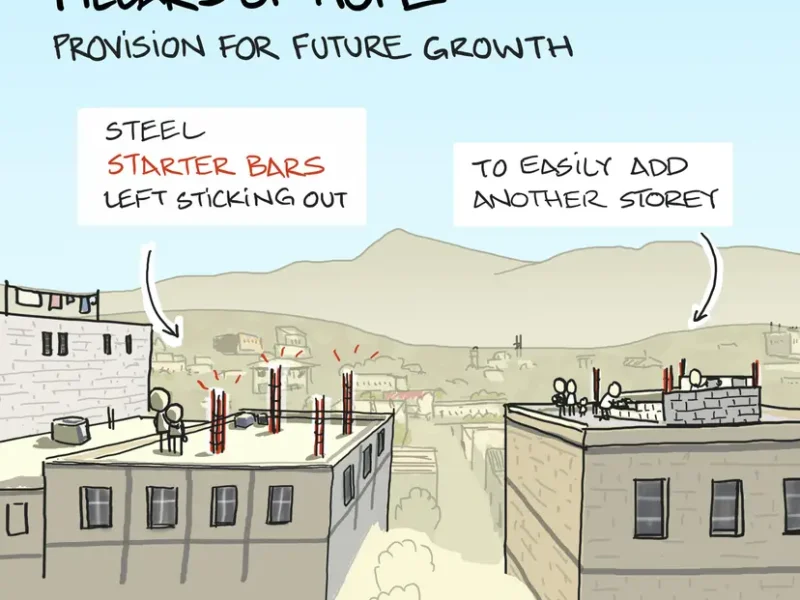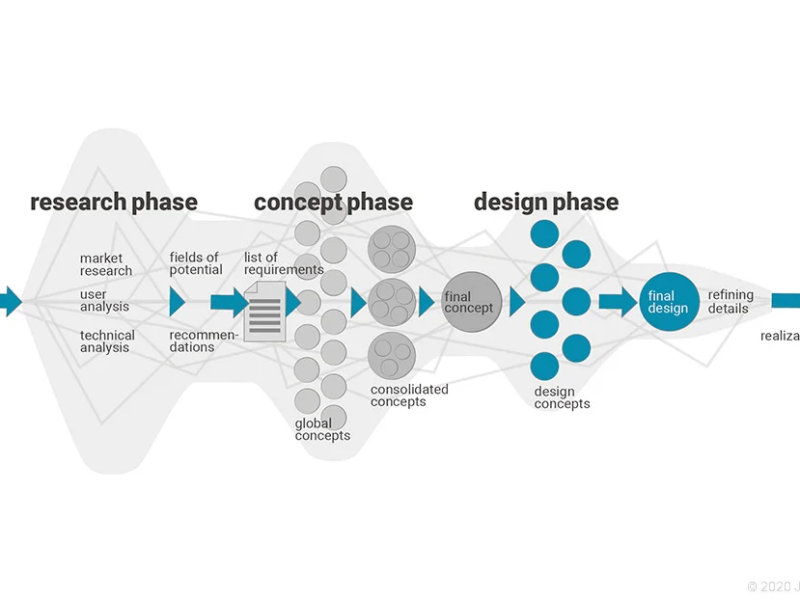In the ever-evolving digital economy, user experience (UX) is more than a buzzword; it is a critical factor in driving customer satisfaction, loyalty, and ultimately, profitability.
For organizations investing in UX teams, it is essential to assess the financial return on investment (ROI) of these teams.
One effective method is calculating the Net Present Value (NPV), a financial metric that evaluates the profitability of an investment over time.
This guide provides a step-by-step walkthrough to calculate the NPV of a UX team while demonstrating the value they bring to an organization.
What Is Net Present Value (NPV)?
The Net Present Value (NPV) is a financial measure that represents the difference between the present value of cash inflows and the initial investment. It is widely used to assess the profitability of a project or investment. A positive NPV indicates that the investment is expected to generate more value than its cost, while a negative NPV suggests a loss.
NPV Formula
The NPV formula is expressed as:
NPV = ∑ t=1 to n (CFt / (1 + r)^t) – I
Where:
- NPV = Net Present Value
- CFt = Expected cash flow in year
- r = Discount rate (time value of money)
- I = Initial investment
- n = Number of years over which cash flows are expected
Key Components
- Expected Future Cash Flows: This includes the financial benefits resulting from the UX team’s work, such as increased revenue or cost savings.
- Initial Investment: Costs associated with hiring, training, and maintaining the UX team.
- Discount Rate: Reflects the opportunity cost and the time value of money.
- Time Period: The duration over which the cash flows are forecasted.
Why Calculate the NPV of a UX Team?
Investing in UX teams is often seen as a cost center rather than a revenue generator. However, a well-calculated NPV can:
- Justify the investment in UX.
- Showcase the long-term financial value added by the team.
- Enable data-driven decision-making.
Step-by-Step Guide to Calculating NPV for a UX Team
1. Determine Expected Future Cash Flows
Identify the financial benefits of the UX team’s work. These may include:
- Increased revenue due to improved user retention.
- Reduced customer support costs.
- Enhanced conversion rates on digital platforms.
2. Calculate the Initial Investment
The initial investment includes:
- Hiring costs (e.g., recruitment fees, relocation expenses).
- Training and onboarding expenses.
- Salaries and benefits for team members.
- Tools, software, and infrastructure costs.
3. Choose an Appropriate Discount Rate
The discount rate represents the opportunity cost of investing in the UX team. Commonly used rates range from 8% to 15%, depending on the industry and risk factors. A higher rate is used for riskier investments.
4. Calculate the Present Value of Expected Cash Flows
Using a Discounted Cash Flow (DCF) calculator, input the expected cash flows and discount rate to calculate their present value. This step converts future benefits into today’s dollar value.
5. Subtract the Initial Investment
Finally, subtract the initial investment from the present value of expected cash flows to determine the NPV.
Example: Calculating the NPV of a UX Team
Let’s illustrate this with a practical example:
- Initial Investment: $200,000 (hiring, onboarding, and first-year salaries)
- Ongoing Annual Expenses: $200,000
- Expected Revenue Increase: $400,000 annually
- Discount Rate: 10%
- Time Horizon: 5 years
Step-by-Step Calculation
- Future Cash Flows:
- Year 1: $400,000
- Year 2: $400,000
- Year 3: $400,000
- Year 4: $400,000
- Year 5: $400,000
- Present Value of Cash Flows:
- Year 1: $400,000 / (1 + 0.10) = $363,636
- Year 2: $400,000 / (1 + 0.10)^2 = $331,135
- Year 3: $400,000 / (1 + 0.10)^3 = $301,967
- Year 4: $400,000 / (1 + 0.10)^4 = $275,547
- Year 5: $400,000 / (1 + 0.10)^5 = $251,451
- Total Present Value = $1,424,640
- Initial Investment:
- $200,000 (upfront costs)
- $200,000/year for 5 years = $1,000,000
- NPV Calculation:
- NPV = $1,424,640 – $1,200,000 = $224,640
Interpretation
The NPV is $224,640, which is positive. This means the UX team’s investment is expected to generate substantial returns over five years.
Tools to Simplify NPV Calculations
Several tools can simplify the calculation process, including:
- Excel or Google Sheets: Use the
NPVfunction. - Online DCF Calculators: Websites like Investopedia and Corporate Finance Institute offer easy-to-use DCF calculators.
- Financial Software: Tools like QuickBooks or Tableau provide advanced analytics.
Challenges in Calculating NPV for a UX Team
1. Estimating Future Cash Flows
Forecasting future revenue increases or cost savings can be complex. Collaboration with finance teams and using historical data can improve accuracy.
2. Determining the Discount Rate
Choosing an appropriate discount rate requires understanding the company’s risk tolerance and industry standards.
3. Quantifying Intangible Benefits
Many benefits of UX teams, such as improved customer satisfaction or brand loyalty, are hard to quantify but should still be considered in qualitative assessments.
Conclusion
Calculating the Net Present Value (NPV) of a UX team is a powerful way to demonstrate their financial impact. By considering expected future cash flows, initial investments, and the time value of money, organizations can make informed decisions about investing in UX resources. As UX continues to play a pivotal role in business success, quantifying its value through NPV ensures that its importance is recognized in strategic planning.
Additional Resources
- Investopedia – Net Present Value (NPV)
- Corporate Finance Institute – Discounted Cash Flow Analysis
- Interaction Design Foundation – ROI of UX Design
By leveraging these insights, you can calculate the NPV of your UX team and advocate for the value they bring to your organization.
The image used in this post belongs to Investopedia


